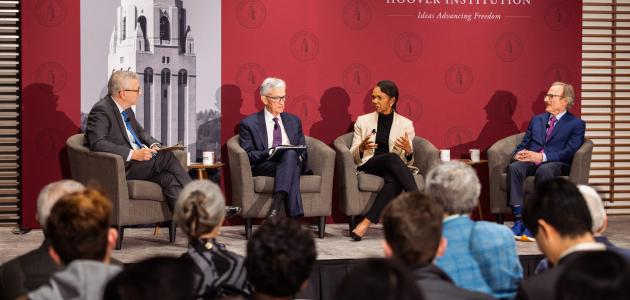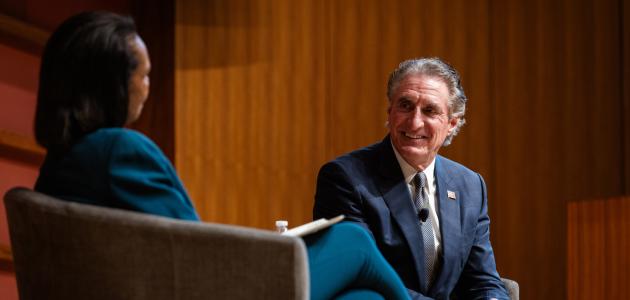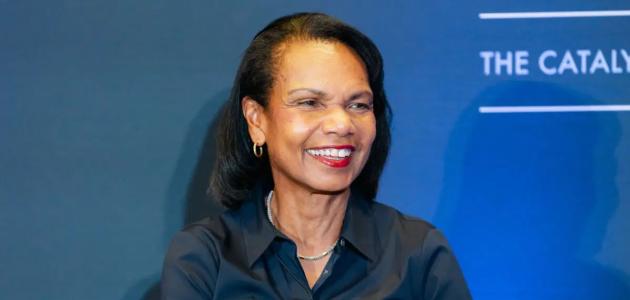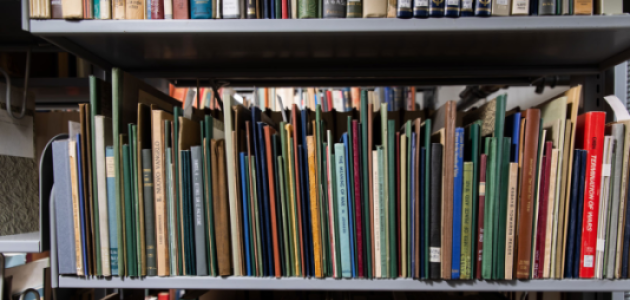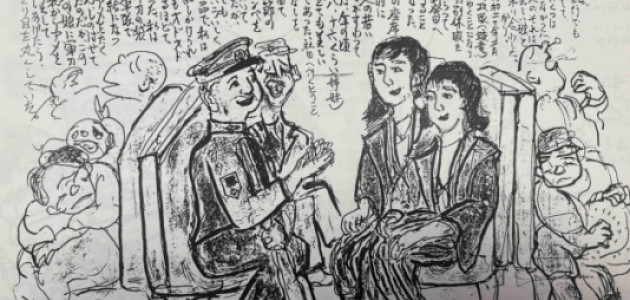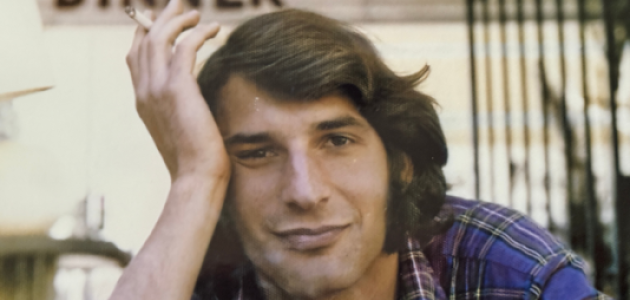In the two years since the signing of the agreement between the State Archival Service of Russia (Rosarkhiv) and the Hoover Institution, their joint project to microfilm the Soviet Communist Party archives has made substantial progress. An editorial board of distinguished historians has selected materials to be filmed, all equipment has been delivered and installed in Moscow, staff have been hired and trained, and operations have gotten underway.
The project is directed by Professor Rudolf G. Pikhoia, Chairman of Rosarkhiv; Charles G. Palm, Deputy Director of the Hoover Institution; and Sir Charles Chadwyck-Healey, Chairman of Chadwyck-Healey Ltd. The editorial board consists of Professor Pikhoia (Chairman), Professor Nikolai Pokrovskii, and Col. Gen. Dmitri Volkogonov, representing Rosarkhiv; and Dr. Robert Conquest, Dr. John Dunlop, and Professor Terence Emmons, representing the Hoover Institution. Dr. Jana Howlett is the project consultant and member ex officio of the editorial board.
The selection of materials to be filmed is based on two principal criteria. First, the project is giving priority to filming the records of the highest policy-making organs of the Communist Party. Second, the project is filming record series (opisi) in their entirety, rather than disparate files or documents selected on the basis of subject content.
The record groups (fondy) selected for filming are located in three repositories: the State Archives of the Russian Federation (GARF); the former Central Party Archive, now called the Russian Center for the Preservation and Study of Documents of Most Recent History (RTsKHIDNI); and the former Archives of the Central Committee of the Contemporary Documentation (TsKhSD).
Both finding aids and documents are being filmed. The first materials being filmed are finding aids, including those describing documents selected for filming as well as finding aids describing all other archival holdings in the three participating repositories. The documents selected for filming include those in the following record groups (fondy):
-
Party Congresses and Conferences
-
Central Committee Plenums
-
Politburo
-
Secretariat of the Central Committee
-
Apparat of the Central Committee (selected opisi)
-
Committee for Party Control of the Central Committee
-
Peoples’ Commissariat of Internal Affairs (NKVD), 1917-30
The individual record series (opisi) that constitute the fondy are too numerous to list in this report. A list of materials that have been selected for filming and that are open for research will be posted electronically on the Hoover Institution’s World Wide Web server beginning November 1, 1994. (The URL for the Hoover Institution is http://www.hoover.org/l)
Certain reports of the Soviet Communist Party, including materials in the Presidential Archive, are still closed to research and, therefore, are not available for filming. As these materials are declassified and opened to research, those that are part of the fondy selected for filming will be included in the Rosarkhiv-Hoover project.
The main purpose of the project, of course, is to make the Communist Party and other archives available for research. Scholars will be able to examine the microfilm at the Hoover Institution. The microfilm will be opened in coherent, discrete units. A typical unit would be all of the finding aids of a single repository, or the records of a single opis. The first units, which will include the finding aids at RTsKHIDNI and GARF, are expected to be opened for research at the Hoover Institution in November. Announcements of openings will be made in professional journals and posted electronically.
As microfilms are opened, they will be published and distributed in association with Chadwyck-Healey Ltd., a British publisher. It is expected that any all microfilm produced by the project will be available for purchase.
In exchange for the microfilm of the Communist Party archives, the Hoover Institution has made a commitment to give to Rosarkhiv microfilm copies of Hoover’s entire collection of Russian materials. AT a ceremony in Moscow on May 21, 1993, the Hoover Institution presented its first installment to Rosarkhiv, nearly 5,000 reels of microfilm. Among other materials, this first installment included microfilm of the Tsarist secret police (Okhrana) archives, records of the Imperial Russian embassies in Paris and Washington, D.C., and papers of Leon Trotsky in the Boris I. Nicolaevsky Collection.
Inquiries may be directed as follows:
(Updated 1999)
For openings and access:
Lora Soroka,
Assistant Archivist for the Russian Microfilm Project
Email: soroka@hoover.stanford.edu
Tel: 650/723-3061 Fax: 650/725-3445
To purchase:
Chadwyck-Healey Ltd.
The Quorum
Barnwell Road
Cambridge CB5 8SW
United Kingdom
Tel: 0223 215512
Fax: 0223 215514
Website: www.chadwyck.co.uk







